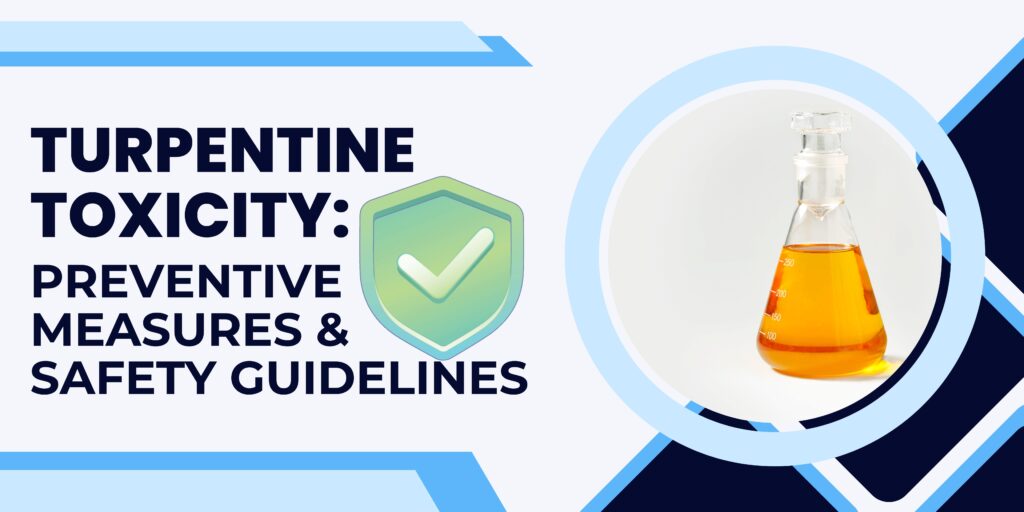
The textile industry is constantly evolving, with a growing emphasis on sustainability and eco-friendliness. One substance that has gained attention in this context is gum turpentine, a natural resin extracted from pine trees. Historically used as a solvent and in various industrial applications, gum turpentine is finding innovative applications within the textile industry. This article explores the diverse uses of gum turpentine in textile processing and its potential to revolutionize the sector in a sustainable manner.
Historical Perspective
Gum turpentine has a rich history dating back centuries. It was initially used as a traditional remedy for various ailments. The extraction process of gum turpentine involves collecting resin from pine trees, primarily pine, spruce, or fir. Ancient civilizations recognized its beneficial properties and used it for medicinal and aromatic purposes.
As industrialization progressed, gum turpentine found applications beyond traditional medicine. Its use expanded into areas like paint thinners, cleaning agents, and fragrance enhancers. Today, with a focus on sustainable practices and eco-friendliness, gum turpentine is making a notable comeback, particularly in the textile industry.
1. Enhanced Dyeing Processes
One significant application of gum turpentine in the textile industry is in enhancing dyeing processes. Gum turpentine can be used as a natural and eco-friendly dye carrier, assisting in the absorption and fixation of dyes on textiles. By incorporating gum turpentine into dyeing procedures, the efficiency and quality of color absorption can be significantly improved. This not only ensures vibrant and long-lasting colors but also contributes to reducing the overall environmental footprint of the dyeing process.
2. Natural Textile Softener and Finisher
Gum turpentine’s inherent properties make it an excellent natural softening agent for textiles. When used as a finishing treatment, it imparts a soft and smooth feel to the fabric, enhancing its overall texture and comfort. This natural softening approach aligns with the increasing demand for sustainable and organic alternatives in the textile industry, reducing the reliance on synthetic and potentially harmful chemicals.
3. Sustainable Textile Printing
Gum turpentine offers a sustainable alternative in textile printing. Its use as a natural solvent in printing inks not only aids in achieving desired patterns and designs on fabrics but also aligns with sustainability goals. By replacing conventional chemical solvents with gum turpentine, the textile industry can reduce its environmental impact, making a positive step towards a greener future.
4. Antimicrobial Applications
Gum turpentine exhibits antimicrobial properties, making it an intriguing option for textile finishing. Textiles treated with gum turpentine can possess inherent antimicrobial capabilities, reducing the growth of microorganisms and enhancing the hygiene and longevity of textile products. This application is particularly important in industries where maintaining high levels of hygiene is paramount, such as healthcare and hospitality.
5. Bio-Based Textile Coatings
The shift towards sustainable practices has led to the exploration of bio-based alternatives in various industries, including textiles. Gum turpentine serves as a promising candidate for bio-based textile coatings. Its natural properties allow for the development of coatings that are environmentally friendly, biodegradable, and possess desirable functional characteristics. Incorporating gum turpentine in textile coatings aligns with the broader goal of reducing the use of synthetic and harmful chemicals in the textile sector.
6. Textile Adhesives for Enhanced Durability
Gum turpentine can also be employed to enhance the adhesive properties of textiles. Through the development of bio-based textile adhesives using gum turpentine, the industry can achieve improved bonding and durability in textile products. This application holds great promise for applications in apparel, upholstery, and various other textile products, ensuring they withstand the rigors of daily use.
7. Aroma and Fragrance Integration
Gum turpentine possesses a distinct and pleasant aroma. This aromatic property makes it an appealing choice for integration into textiles to provide fragrance. Fabrics treated with gum turpentine can act as natural diffusers, imparting a subtle and refreshing scent. This application is particularly relevant for enhancing the consumer appeal of textiles, especially in products like home furnishings, bedding, and apparel.
8. Reducing Environmental Footprint
The utilization of gum turpentine in textile processes aligns with the global drive towards sustainability. Being a natural and renewable resource, gum turpentine contributes to reducing the environmental footprint of the textile industry. By integrating bio-based alternatives like gum turpentine, the industry can decrease its reliance on petroleum-based chemicals, promoting a more sustainable and eco-friendly approach.
9. Innovations in Sustainable Fiber Processing
Gum turpentine finds applications in sustainable fiber processing. As a solvent, it facilitates the dissolution of natural fibers, aiding in their transformation into usable forms. Through sustainable fiber processing, the textile industry can minimize waste and energy consumption while producing high-quality textiles.
10. Research and Future Prospects
Ongoing research continues to uncover new and innovative applications of gum turpentine in the textile industry. Researchers are exploring its potential in advanced treatments, such as flame retardancy, wrinkle resistance, and water repellency. The future may hold breakthroughs in harnessing the unique properties of gum turpentine to create next-generation, sustainable textile products.
Conclusion
Gum turpentine, with its versatile applications and eco-friendly nature, stands as a beacon of sustainable practices in the textile industry. From dye enhancement to antimicrobial properties and fragrance integration, its benefits are multifaceted. Moreover, its potential to reduce the environmental footprint of the industry positions gum turpentine as a valuable asset in the pursuit of sustainable textile production. Continued research and innovation promise a future where gum turpentine plays an even more prominent role, further solidifying its status as a game-changer in the textile industry.




